japanese beetle life cycle in missouri
Japanese beetles often feed in groups of up to 25 on a wide variety of plants. The Mississippi River as well as areas in Arkansas Iowa and Missouri.

9 Scents That Japanese Beetles Hate And How To Use Them Pest Pointers
Mature larvae feed on the roots of host plants causing severe damage over time while adults skeletonize leaves in groups as well as any fruit that may have grown.

. They over winter as third in star larvae in the soil below the frost line. After mating females dig a few inches into the soil to deposit their eggs often near trees. They can start appearing in late June and.
The grubs resume feeding on grass roots in the spring and then pupate near the soil surface. The grub can be a pest of the lawn feeding on the roots. After mating females burrow a few inches into the soil and lay eggs 4060 during.
The immature stage of the Japanese beetle the white grub typically has a three year life cycle. Egg stage a larval or grub stage a pupal or resting. The life cycle of the Japanese Beetles consists of four stages of development called complete metamorphosis.
Japanese beetle has a complete lifecycle with an. Ad Over 27000 video lessons and other resources youre guaranteed to find what you need. Stage and the adult beetle stage.
University extension and state agriculture departments help people control the Japanese beetle. Read customer reviews find best sellers. Life Cycle and Pest Identification.
What people detect is the adult stage which is active for about six weeks in the summer. The eggs are usually laid on the thorax of the female beetles. Japanese Beetle Life History Japanese beetle has a one year life cycle.
How To Recognize the Japanese Beetles Life Stages The adult Japanese beetle is a little less than 12 inch long and. Cycle once every year. Upon hatching the maggot bores.
Browse discover thousands of brands. These grubs feed on grass roots and can damage turf if populations. Adult beetles are metallic green with brown wings approximately 5-7 mm wide and 8-11 mm long Figure.
Adults may begin to emerge from the soil in early June and are usually most abundant in. The eggs hatch into white grubs in ten days to two weeks or longer depend- ing on soil temperature. Adults begin to emerge in.
The larvae feed on roots of grass and other plants close to the surface of the soil. In most parts of its range the Japanese beetle completes its life-cycle in one year but some populations in cooler climates may complete their development in two years Vittum 1986. Japanese beetle are distinguished from native beetles by the presence of five.
Japanese beetles spend most of their one-year lifecycle underground as a white c-shaped grub. The female flies can deposit up to 100 eggs during a period of about two weeks. The first beetles out of the ground seek out suitable food plants and begin to feed.
In spring grubs move up near the soil surface to finish feeding and pupate into. As soil temperatures warm in the spring the larvae. However most of the damage to ornamentals and turf grass happens.
Japanese beetles have a univoltine life cycleone generation per year. Japanese beetle grubs spend the winter underground in the soil of lawns pastures and other grassy areas. The grubs live underground for 14 years depending on species feeding on plant roots.
Japanese beetles overwinter in the soil and as soil temperatures warm larvae move closer to the surface and pupate. The adult beetles normally emerge during the last week of June through July. Adult Japanese beetles appear around the middle of June and they live for about two months.
Japanese beetles overwinter as a partially grown grub in the soil below the frost line.
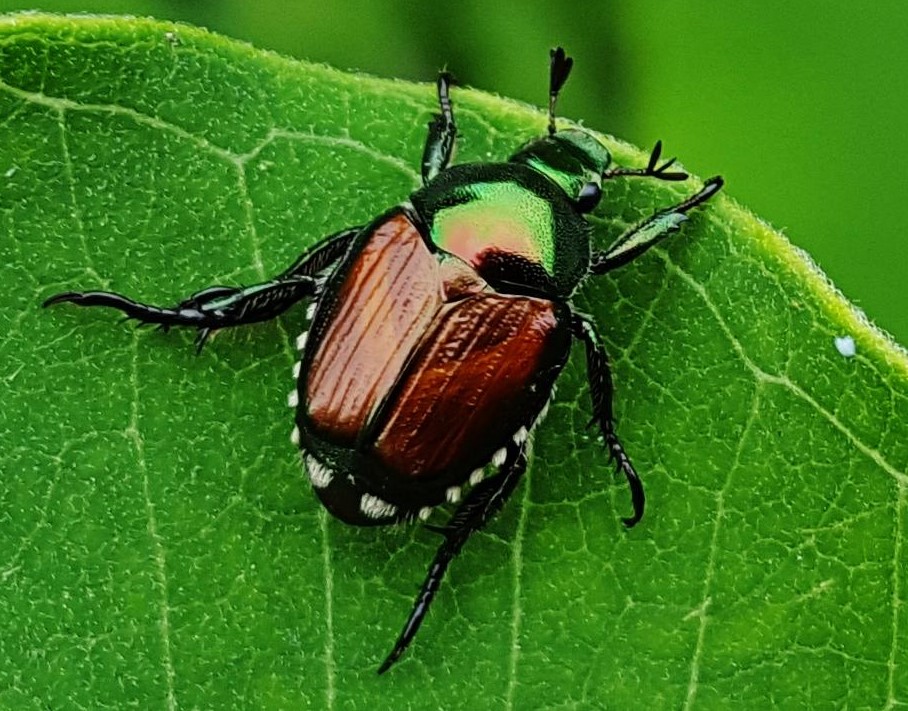
Tree Cutting Springfield Mo Archives All About Trees

Missouri Environment And Garden News Article Integrated Pest Management University Of Missouri
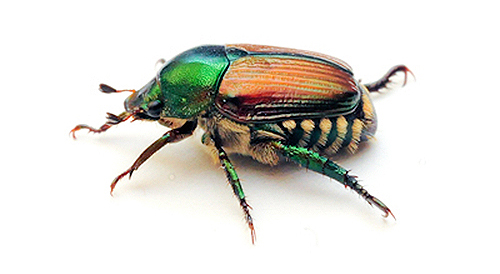
Japanese Beetle Identification Scouting Integrated Pest Managment University Of Missouri

Battling The Destructive Japanese Beetle
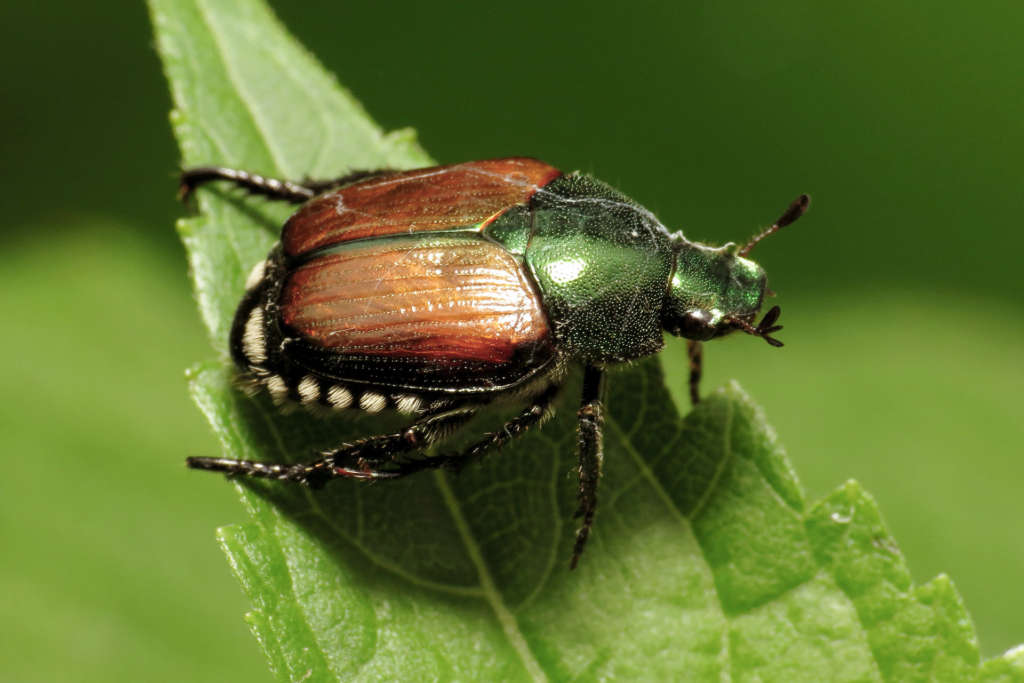
Beetles Hometown Pest Solutions

Japanese Beetle Control Hendrickson Tree Care Kansas City Mo

How To Prevent Japanese Beetles Lawn Care Blog Lawn Love
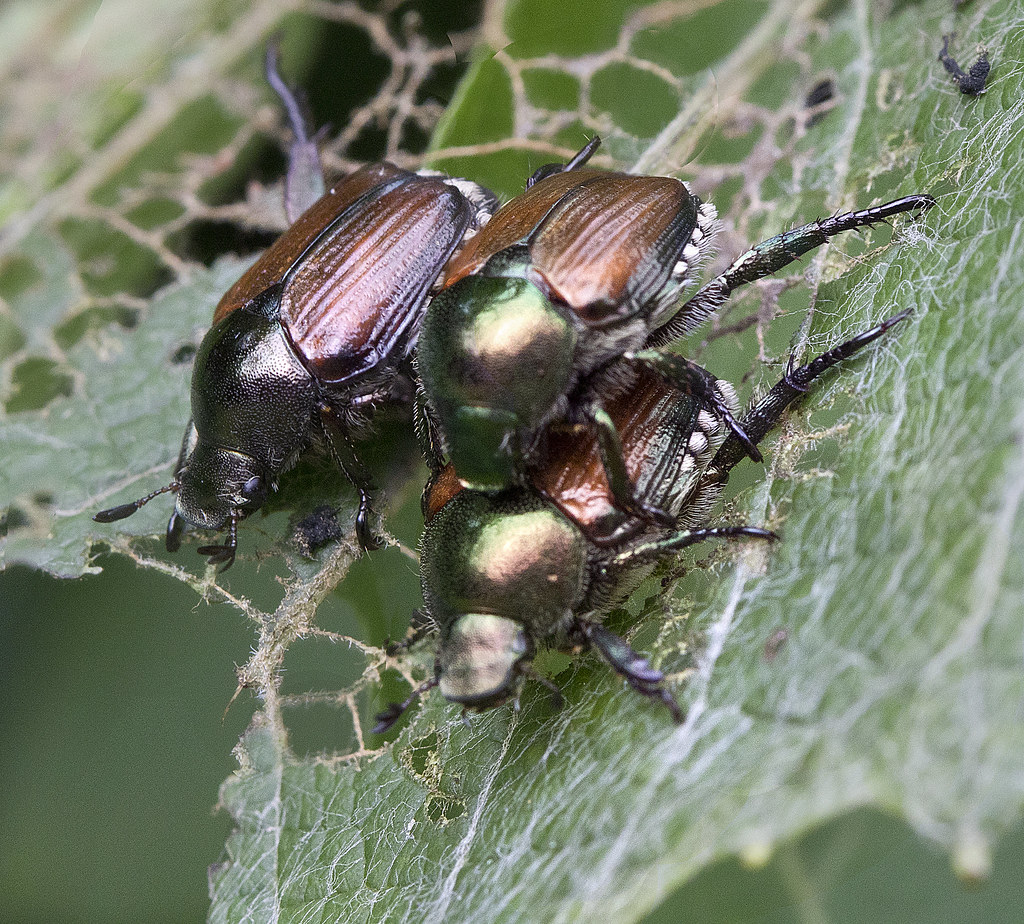
Japanese Beetles In Soybeans Service And Supply Cooperative
Extension Outreach Crop Sciences Department College Of Aces University Of Illinois

Effective Management Remains Elusive For Beetle That Eats Almost Anything

How Long Have Japanese Beetles Been In Missouri Slfp
All About Trees Springfield Mo Tree Alert Japanese Beetles

Japanese Beetle Identification Scouting Integrated Pest Managment University Of Missouri
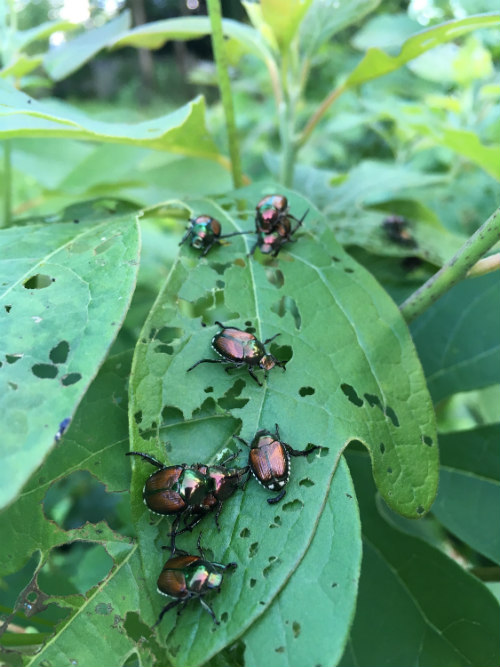
Japanese Beetle Control Hendrickson Tree Care Kansas City Mo

Missouri Beginning Farming Green June Beetle Can Damage Fruits Vegetables
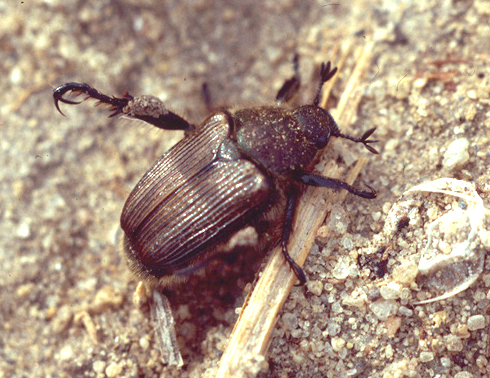
Japanese Beetle Identification Scouting Integrated Pest Managment University Of Missouri

